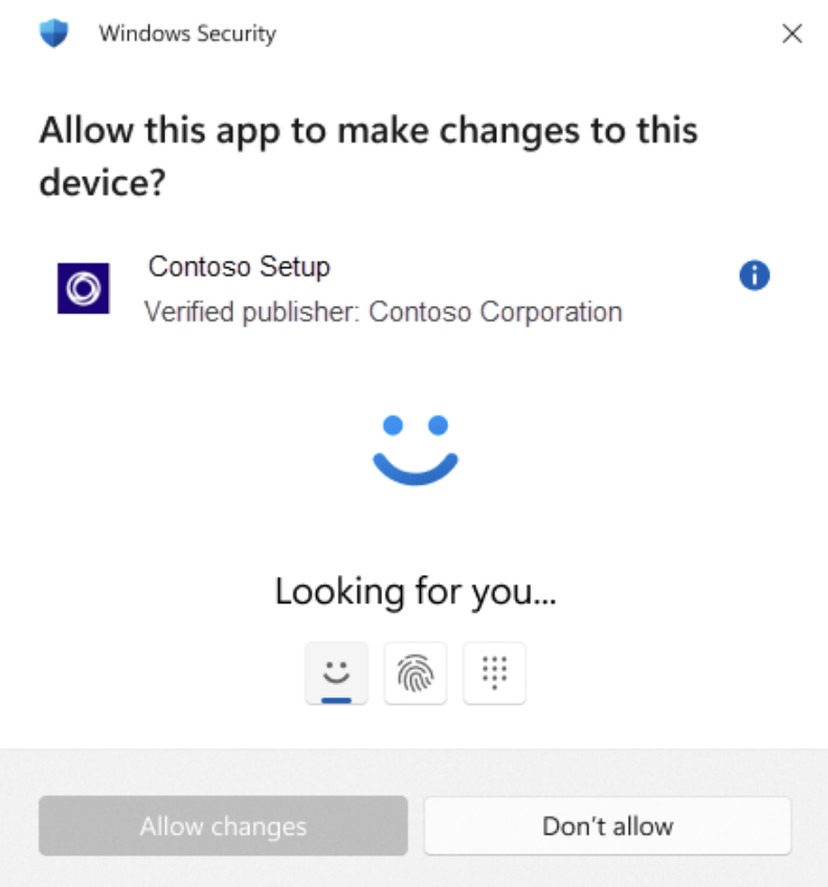The July CrowdStrike incident, which disrupted 8.5 million Windows PCs and servers, has left many of Microsoft’s largest customers demanding solutions to prevent such a catastrophe from recurring. In response, Microsoft has introduced the Windows Resiliency Initiative, a comprehensive program aimed at strengthening Windows security and reliability.
Key Features of the Windows Resiliency Initiative
This initiative includes fundamental changes to the Windows platform to enhance system recovery and control over applications and drivers. It also introduces measures to facilitate antivirus processing outside of the Windows kernel, which has been identified as a critical vulnerability.
One standout feature is the Quick Machine Recovery tool, designed to empower IT administrators to remotely address issues on devices that fail to boot properly. Built on improvements to the Windows Recovery Environment (Windows RE), this feature allows targeted fixes to be deployed swiftly.
David Weston, Microsoft’s vice president of enterprise and OS security, explained its utility in a recent interview:
“In a future event—hopefully that never happens—we could push out [an update] from Windows Update to this Recovery Environment that says delete this file for everyone. If there’s one central problem that we need to push to a lot of customers, this gives us the ability to do that from Windows RE.”

Learning from the CrowdStrike Incident
The CrowdStrike issue stemmed from a faulty update to its antivirus software, which operated at the kernel level of Windows. This deep-level access caused widespread system crashes, resulting in the notorious Blue Screen of Death whenever affected devices attempted to start up.
Weston has engaged with hundreds of customers since the incident, many of whom are seeking robust recovery tools, better practices from security vendors, and greater Windows resilience to avoid similar incidents.
“Every one of them is saying, ‘I owe my board a response on how this doesn’t happen again,’” Weston noted.
To address these concerns, Microsoft has introduced new requirements for its Microsoft Virus Initiative (MVI) partners. Security vendors participating in the MVI program must now adopt improved testing and response processes, as well as implement safer deployment practices. These include gradual rollouts of updates, real-time monitoring, and well-defined recovery procedures.
Enhancing Antivirus Operations Outside the Kernel
One of Microsoft’s most significant developments is working with MVI partners to enable antivirus software to process outside of the kernel. Currently, many security tools, including CrowdStrike’s, operate at the kernel level, giving them unrestricted access to critical system resources. While this provides powerful detection capabilities, it also poses severe risks if errors occur, as seen in July.
To mitigate these risks, Microsoft is developing a new framework for antivirus processing that eliminates the need for kernel-level access. Weston acknowledged the complexity of the task:
“We’re developing a framework that [security vendors] want to use and they’re incentivized to use. Now it has to be good enough to fill their use case.”
Microsoft plans to release a preview of this framework to its security partners in July 2025. This framework is being designed with input from both Microsoft’s kernel architects and key security vendors, including CrowdStrike. At Microsoft’s Windows Endpoint Security Ecosystem Summit in September, kernel experts from the Windows team worked closely with security partners to address the technical challenges of moving antivirus scanning outside the kernel.
Microsoft’s Role in Strengthening Windows Security
While the responsibility for developing safer practices lies partly with security vendors, Microsoft recognizes its unique position to lead these efforts. Weston emphasized the company’s control over Windows’ underlying architecture as a significant advantage:
“We sort of control physics here. We can change the memory manager or the driver framework, and we don’t have to abide by the rules that a third-party developer would. That’s why I’m bullish on our ability to execute here.”
By leveraging its expertise and control over the Windows operating system, Microsoft is well-positioned to implement these changes effectively. The company is committed to ensuring that its solutions not only improve system security but also meet the operational needs of its security partners.
The Road Ahead
The Windows Resiliency Initiative represents a proactive step in addressing the vulnerabilities exposed by the CrowdStrike incident. Through innovations like Quick Machine Recovery, enhanced recovery environments, and the forthcoming antivirus framework, Microsoft aims to bolster the reliability and security of its platform.
However, the success of this initiative will depend on collaboration with security vendors, widespread adoption of the new tools, and continued investment in resilient system architecture. For customers impacted by the July disruption, these measures offer reassurance that Microsoft is taking decisive action to prevent a recurrence. As Weston noted, “We can’t guarantee there will never be another incident, but we’re putting systems in place to make sure we’re ready if it happens.”
